July 2018 to November 2019
Memories of Africa
So! How was Africa? Did you have a good time? What was your favorite country? Where did you camp? How were the roads? Were you ever afraid? How did the Tiger hold up? Did you like the food? Were there any grocery stores? Did you have any problems with the languages or talking to the people? Did you ever get sick? What did you miss at home and are happy to get back to?
All these and more have been great questions from our friends since we’ve been back in the US. They led us to fun discussions while folks so kindly housed and fed us as we waited for the Tiger to arrive in Florida, coming home by sea from South Africa. The questions and answers have kept our African adventures fresh in our minds as we continue to savor the wonderful experiences we had and reminisce about the problems we encountered.
Africa is a huge continent —three times as big as the United States (and we all know how long it takes just to drive across Texas). During the 16 months we were there, we were only able to visit a small portion of it, 8 of the 54 countries on the continent, all of them in southern Africa. Still, we covered 27,795 miles (41,275 kms for you more far-flung-folk) so we can say we saw a fair amount.
And the trip was great. All of it. Each country had both charms and challenges, but we never wished we hadn’t come. The different people we met, the strange and beautiful birds and animals, the dramatic scenery, the clash of waters where oceans meet, the vast open spaces and huge piles of sand, the history — both good and bad; it all sparkled and it captivated us from beginning to end. In this story and its companion piece, Overland Travel in Africa, we’ll try to break it down for you and answer some of those questions.
The People
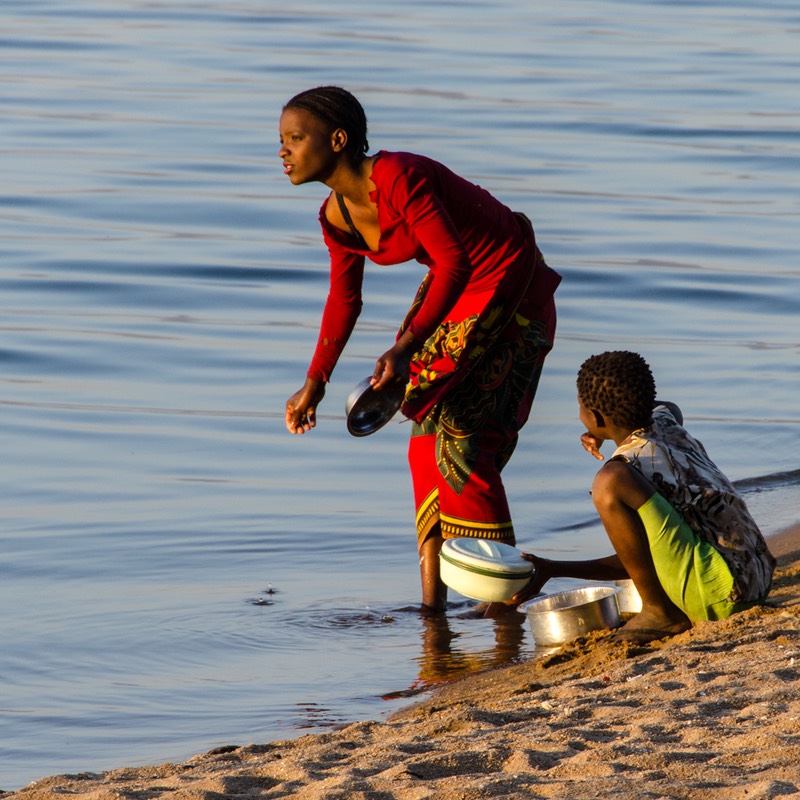
It always starts with the people. The overriding emotion everywhere we visited was enjoying the people who lived there. We really enjoyed talking with them, with everyone sharing. Rick took lots of pleasure in the basic task of filling the tank. We’d drive into a fuel station, someone would wave us over to his (or her) vacant slot, and then the chatting would start. The fuel fill on the truck is just under the map of our travels, and they would look up at it as the fuel flowed in. They loved the idea of what we were doing, welcomed us to their country, told us something of themselves and always grinned as they waved goodby. Often other customers would come over and join in.
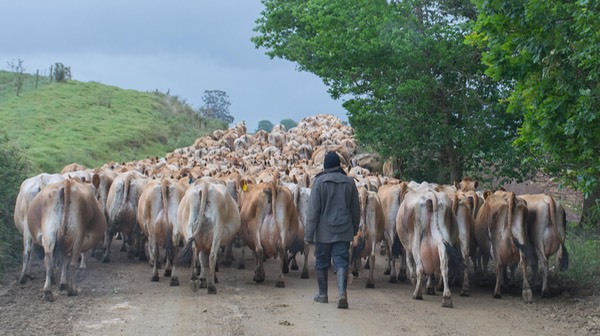
As we drove along the roads, we would watch the passing parade. In rural Africa, the highway is the center of the action, and it’s most likely the only paved road in the area. Groups of locals live right next to it, in various kinds of housing, mostly rudimentary. Walking along the edge, the men (and sometimes women) often are moving their animals from one spot to another and chasing after strays that have wandered off.
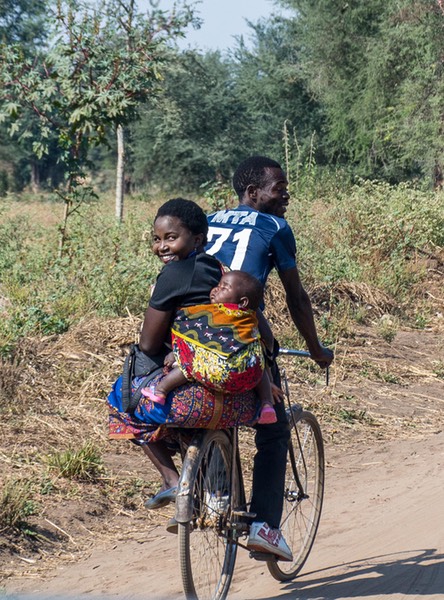
We noticed that usually there are few vehicles on these roads other than trucks and busses. The locals are mostly walking, occasionally seeming to be moving along without purpose, but mostly very determined to arrive at their destination or to get the job done, and far too often hauling heavy loads on their backs.
In areas where people are doing a little better, they will be riding or pushing bicycles, often loaded down with stuff to sell or passengers in back (or front, or in-between). In some places motorcycles or heavily loaded donkey carts will be doing all the same things.
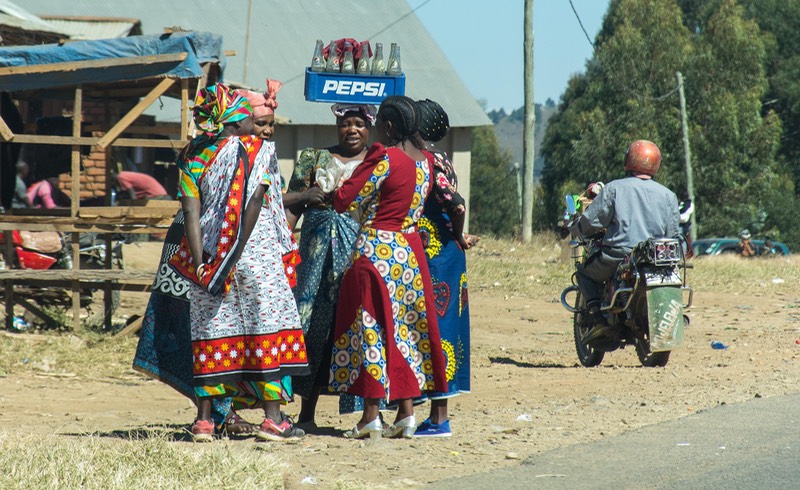
The women were out on the roads, in huge numbers, mostly dressed in lovely printed tops and skirts, with smaller headdresses. They were uniformly striking, and beautiful. They walked proudly, with an evident sense of self; most often there were children in slings on their backs, with others trailing close behind. If Mom was carrying a load, so were her children, often an older daughter carrying a baby. Adults regularly had very large loads they were balancing on their heads, with the kids carrying smaller versions on theirs.
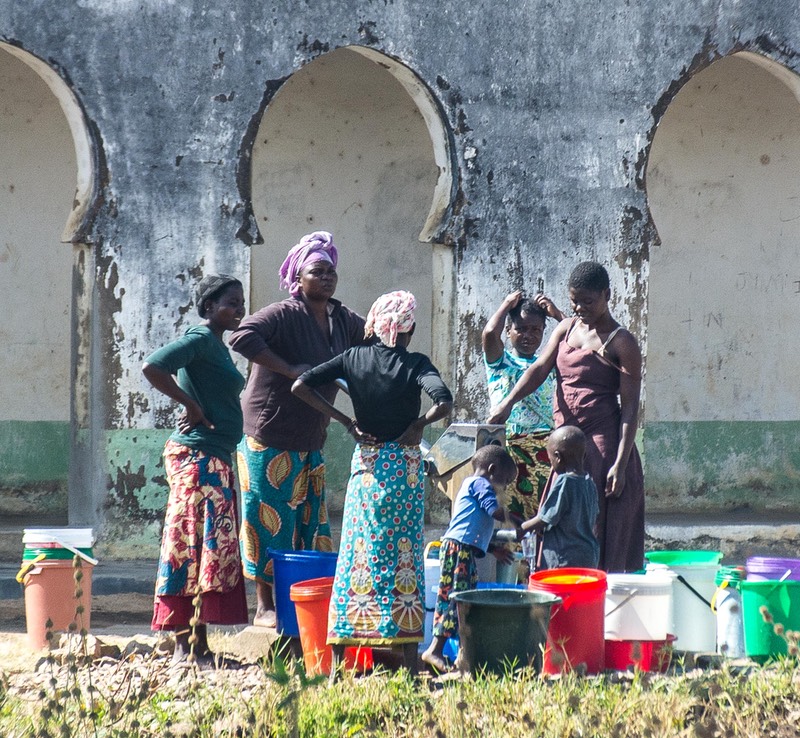
We especially enjoyed driving past the women at the water pump, with their children and buckets gathered around. There was always a group — almost always only women — and they chatted as they worked, sometimes doing laundry, sometimes letting the older children help and showing them good techniques. In most of the countries, this was the only source of water for a group of dwellings, they treated it with respect, and spent many hours there.
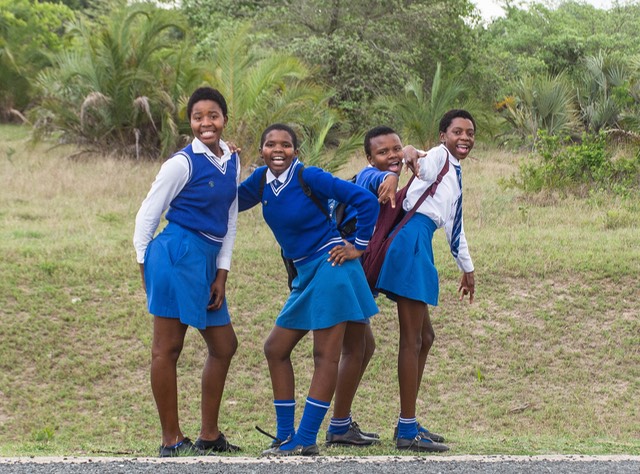
And we must not forget the school children, walking back and forth every day, usually but not always in uniform. Schools are not free in Africa, and there are very large sacrifices made by families to provide an education for their children (or at least some of them). The kids looked happy, often laughing and carrying on, they always waved and smiled, and they loved it when you took their pictures. Often you’d see a small group of comrades walking with arms around each other.
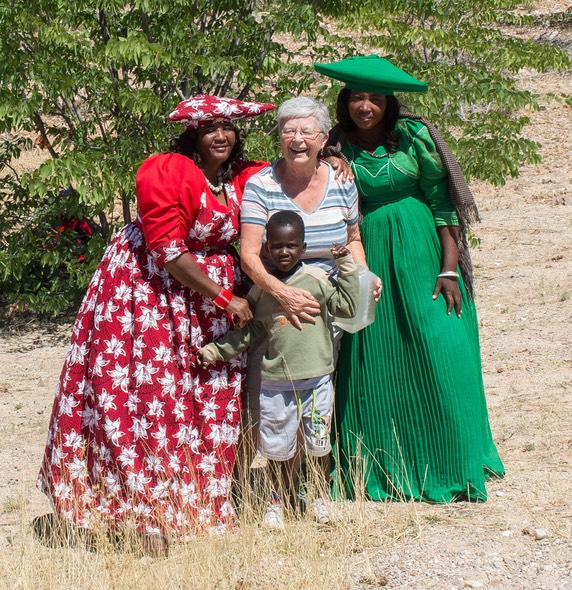
We had a chance one time to help out some folks, just standing beside the road as part of their group tried to work on a problem with their truck. Rick was able to provide them with a jack, which was a big help. They were in the dress of the Herero people, prominent in that area of Namibia and identifiable by the conservative dresses worn by the women. It was quite hot, and they had moved under a nearby tree. Realizing they had no supplies, we dug out food and water to share. We were glad we could help, and they really appreciated it. We left with smiles and hugs all around.
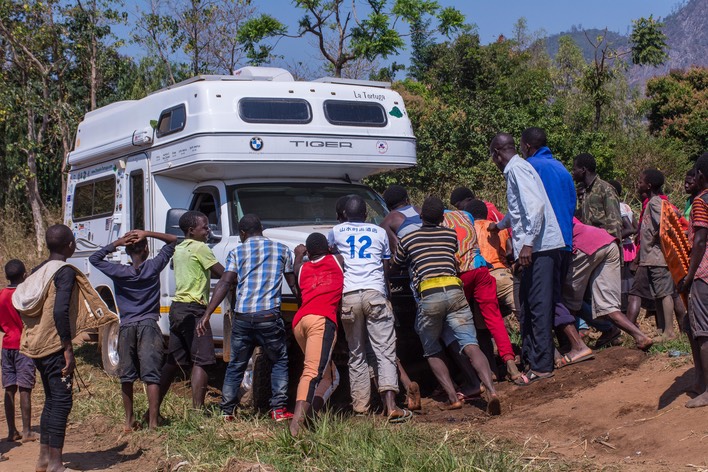
But our most memorable “helping others” incident took place in southern Malawi, near the beautiful tea plantations that thrive there. We were out on a rough country road (which actually was the road through the area) and got stuck in the mud. Within minutes folks were coming out of nowhere, ready to help get us back on our way. Ultimately it took a good three hours to make that happen, but the village turned it into a party, with lots of laughing and children running around, and many new friendships forming. Wherever we were in Africa, we always knew that if we got into difficulties folks would come and help us out.
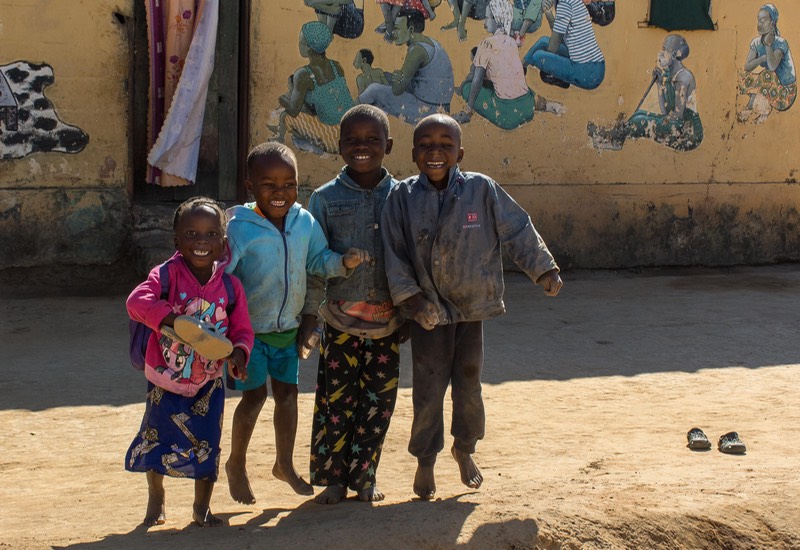
Meeting people, talking with them, learning from them. Watching their interactions with each other, with their children, and with us; seeing the work they were doing and how they were doing it. In all of these ways, Africa is a delight because so much of life takes place right in front of you — and sometimes you’re right in the middle of it!
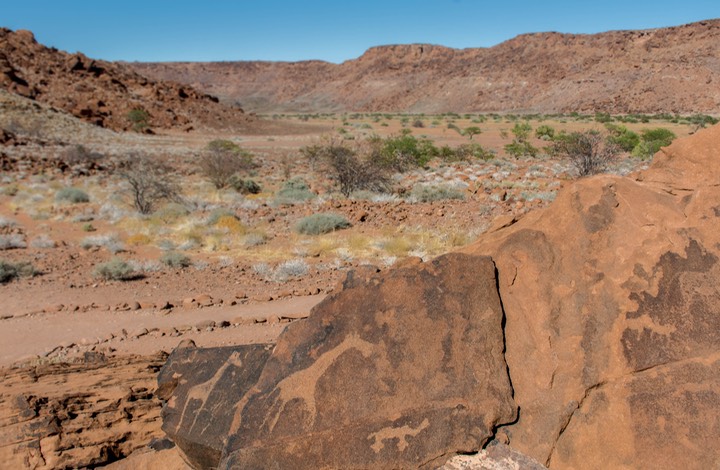
One very special opportunity in the areas of Africa that we visited was the chance to explore rock art locations. Ancient tribal art exists in many areas of the world, but the African desert has proven to be an excellent medium for both the creation of this marvelous art and its durability, as the artists mostly did their work in the shade of overhanging rock. Many of these works are in pristine condition, and it’s very exciting to be able to examine them closely and to learn what they mean. We visited several sites, but our favorite was the San rock art at Twyfelfontein, in Namibia. I climbed all over the rocks, with a guide to keep me from tromping on the treasures and to explain what I was seeing. The drawings, mostly of animals, were amazingly clear and the setting was beautiful. It was a great experience.
The Animals
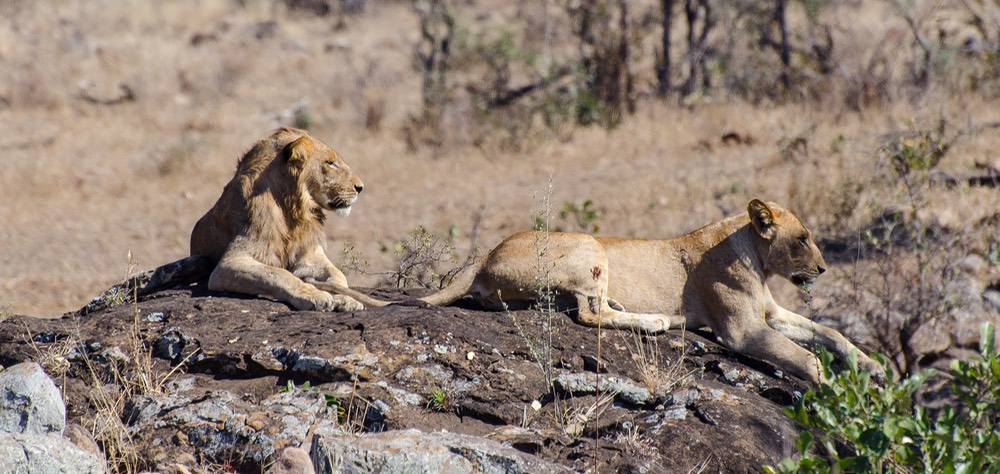
The people were one of Africa’s surprises and best experiences, but, you may be asking, “What’s the biggest reason you came to Africa?” Well of course you come first and foremost to see the animals. So, let’s talk about the animals. Everything else was secondary. Africa has lots of problems, which cannot be ignored. But the chance to drive along, looking at elephants and buffalo and giraffe and wildebeest and all kinds of antelope, plus warthogs, zebra, hippos and rhinos, monkeys and let’s not forget the cats! Well, that is a real joy. And then there was the chance to see animals we may not have even heard of: the delightful mongoose, dung beetles pushing elephant dung up a hill, kudu and nyala, oryx and eland, aardwolf, and even, in Zambia, a giant lizard.
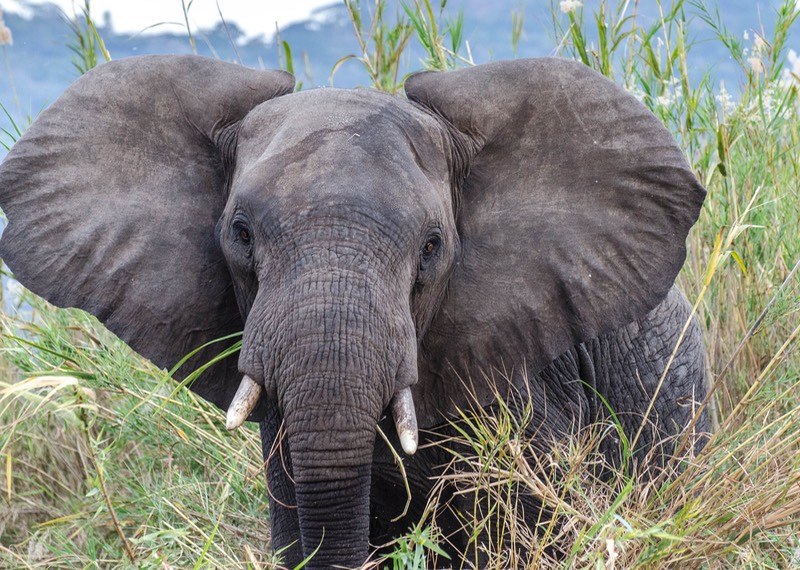
We saw leopards, lions, cheetahs, oh my, all by driving along tiny little dirt tracks and taking pictures from inside our own personal and movable “hide.” It was more than amazing, and an experience we’ll never duplicate elsewhere.
Traveling as we do, only in the country of South Africa were we able to do this regularly, affordably, on our own, in multiple locations. There are many excellent national parks there, and in most you can “self-drive” throughout the entire area, with only two caveats: stay on the roads, and stay in your vehicle.
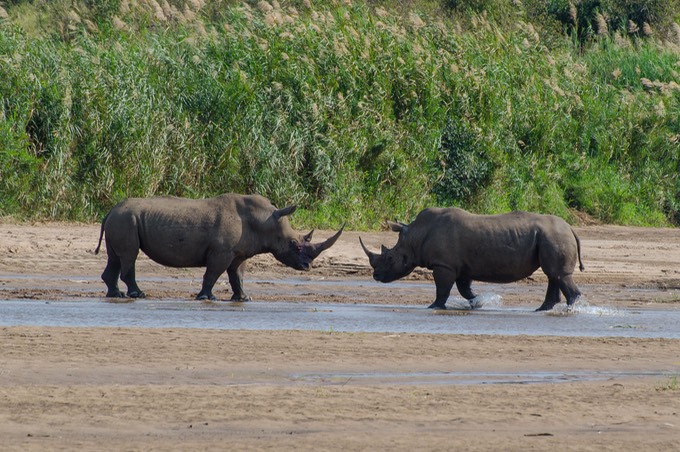
The first is to protect the environment, and the second to protect you, the occupant. Those beasties really are quite wild, quite unpredictable, and sometimes inordinately (and snortingly) interested in what you might have in the back seat.
South Africa, we felt, is the best single country to see wild animals. Some may well argue with this statement, but when you factor in cost and ease of access we think it holds true. And, in our opinion Kruger National Park might well be your best bet to accomplish all this. It is a huge park, with lots of campgrounds, plenty of game drives and plenty of game. The southern part of the park is more accessible and therefore more crowded, so of course we most enjoyed the more remote northern half.
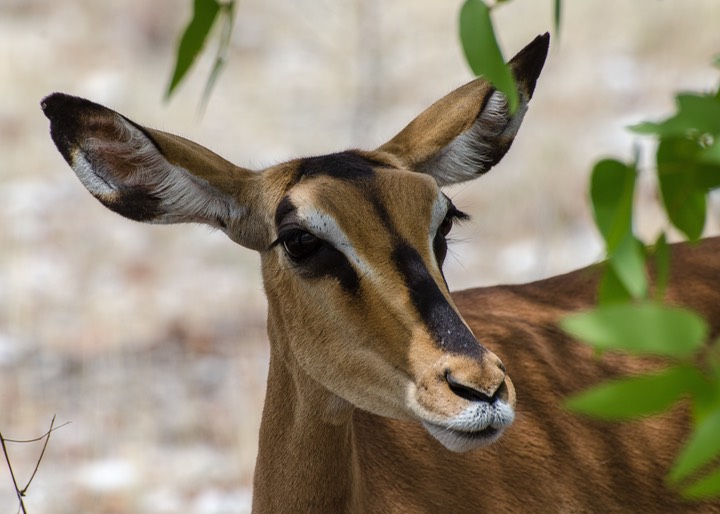
But Kruger is only the tip of the iceberg. We were equally impressed with a visit to Addo Elephant NP (where there wasn’t a drought and the park was green, REALLY green!), the open plains of Pilanesberg, the rhinos in Hluhluwe-Imfolozi NP, the birds of iSimangaliso Wetlands Park, and those special zebra at Mountain Zebra NP — all in SA and each worthy of several days of your time.
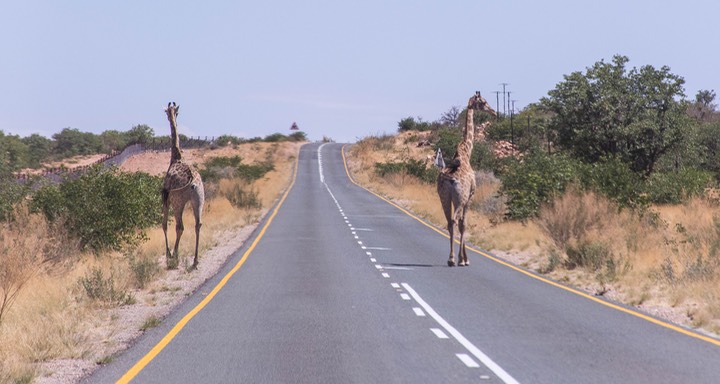
We focused on the wild animals everywhere we went in Africa. Botswana is special because for the most part the entire country is unfenced and the animals wander everywhere; this is also true in parts of several other countries. This is cool because you can be driving down a highway and at the turn there’s a group of antelope/zebra/giraffe/elephants/warthogs/whatevers crossing in front of you. You screech to a halt and enjoy their passing.
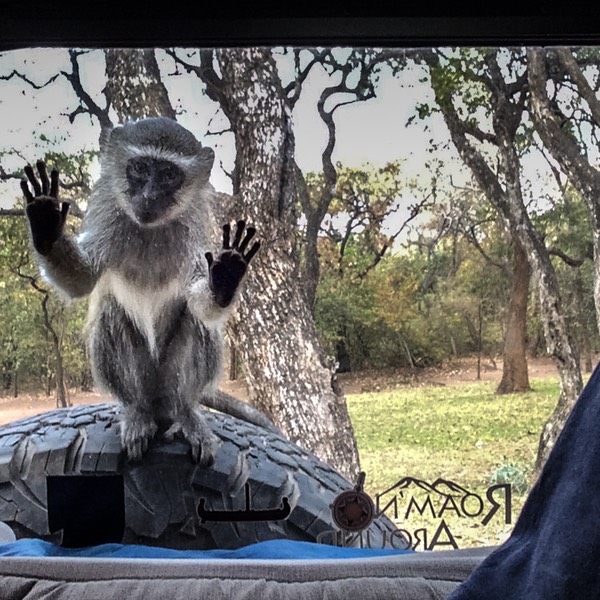
It was in Botswana that we had that night in the bush when the elephant “thumped” us — It was a quiet night, mostly. Mid-evening, we’d been hearing some faint murmurings in the brush, then suddenly there were a couple of determined “thumps” against the back end of the truck. As we looked out the window, an elephant snorted a bit, no more than two feet away from us, backed up, and turned to leave! He’d been on his way to a local waterhole and wanted to know who was parked up for the night along his normal path. No harm, no foul, and what an amazing experience.
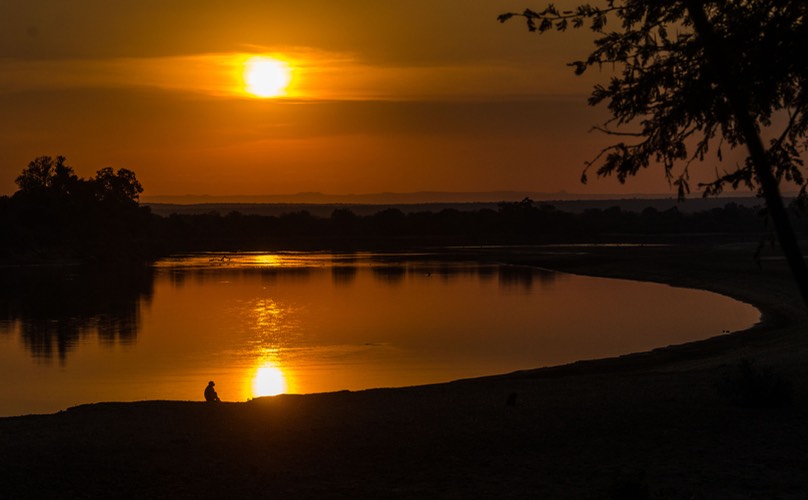
Too, one of the really swell things about traveling on your own is that you get to take as long as you wish getting from hither to yon… or not going anywhere at all. In Zambia we sat for days along the banks of the river just outside South Luangwa NP, watching the baboons fume and fuss at each other while the monkeys used the roof of the Tiger as their passage across the clearing in the campsite, the puku feeding across the way, a crocodile drifting motionlessly past on the current and the elephants crossing the river downstream at dusk. It was magic.
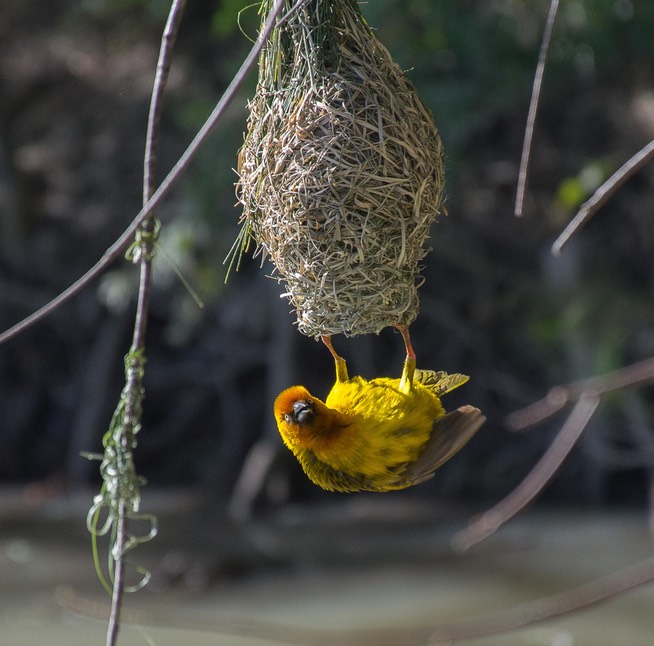
Or, at a campsite near Addo Elephant Park in South Africa, sitting beside the pond and watching a bright yellow weaver building his nest, arranging it so that (hopefully) the lady he was going to bring to see would be impressed and want to stay and raise a family with him.
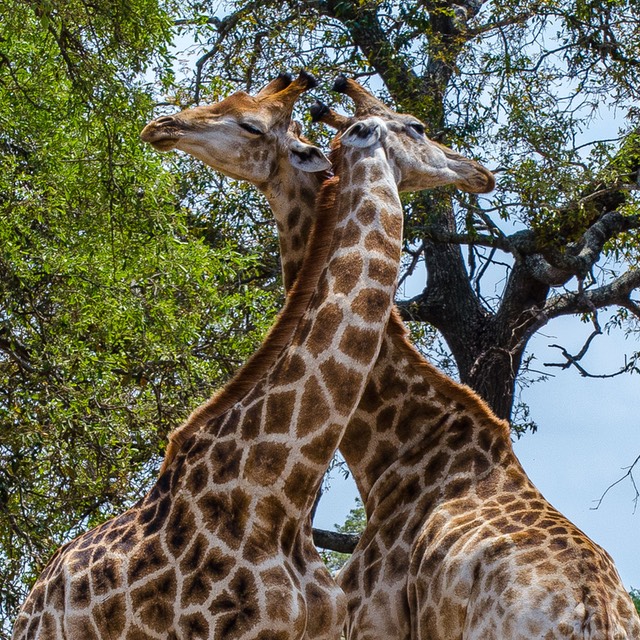
Or, in Kruger, watching a mating dance between two giraffes… or were they young males practicing their fight strategy? At first we weren’t sure, but then we saw that they were indeed both males, not fighting, just practicing the moves.
Or, along Lake Malawi, seeing a pair of hogs being brought down to the water for their morning ablutions, on a lead.
Or, in South Africa’s Mountain Zebra NP, early one morning seeing a black-backed jackal as he (she?) stalked a critter in the high, dry grass, caught and ate it, always watching carefully to make sure no one was going to try and grab it away. Then, when finished, it slowly moved on, looking for more.
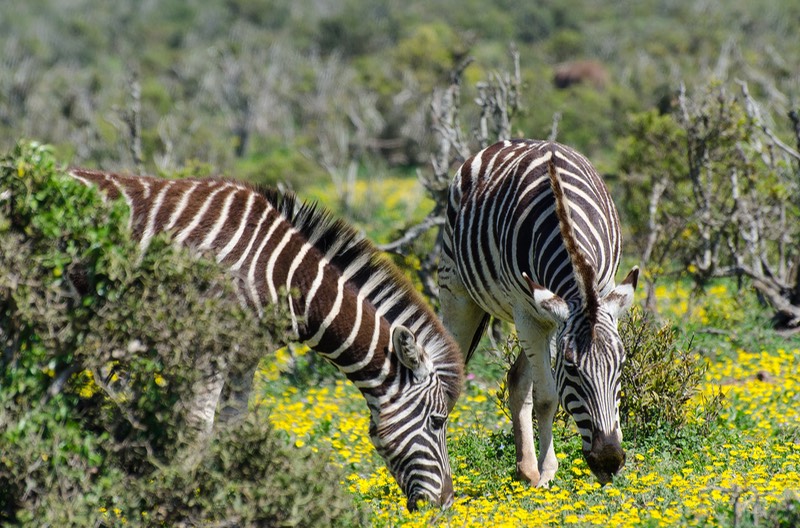
Or, in Botswana being rather unimpressed with the flamingos at sunset because they were so far away, but then being amazed at a rare sighting of an aardwolf that we would never have seen if we hadn’t gone looking for the flamingos.
Or, the group of elephants in Kruger NP that were so determined that we were parked in their piece of shade in the middle of a hot, dry day that we had to back up out of their way to give them space as they continued to move slowly closer to us.
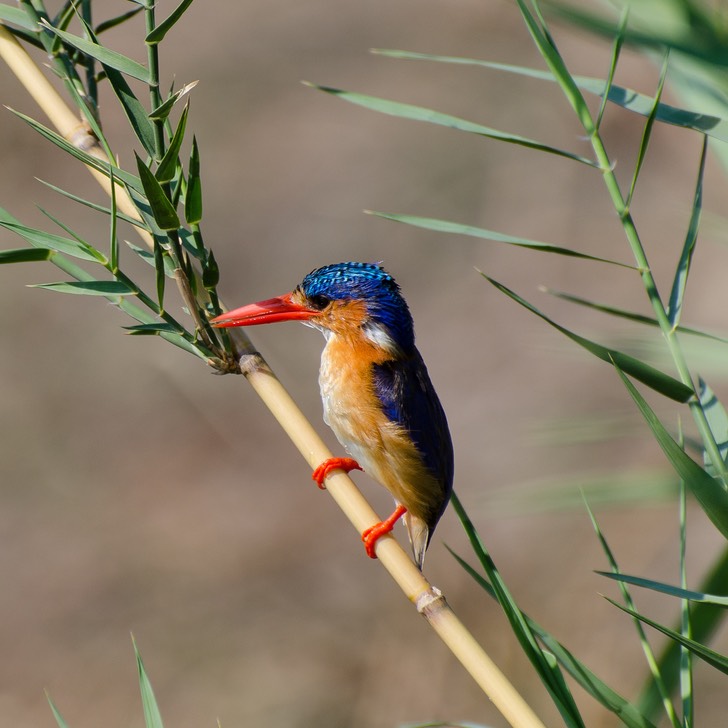
Or the African penguins at Bettys Bay, South Africa and the seal colony at Cape Cross in Namibia. Who can resist little critters cocking their heads at you in curiosity?
Or visiting the Khwai River Conservation Area on the edge of Botswana’s Okavango Delta, a huge wetlands area that covers much of the center of the country. All the critters were just great, but we’ll never forget the hippos, wallowing in the stream while their heads were completely covered with water plants — totally in disguise until they raised their heads for a breath of air.
We are definitely not birders, but we had several favorites; a couple of them, the yellow-billed hornbill and several varieties of kingfishers, were regular visitors to our campsites.
The parade was never-ending. And that’s why we came to Africa.
Nature
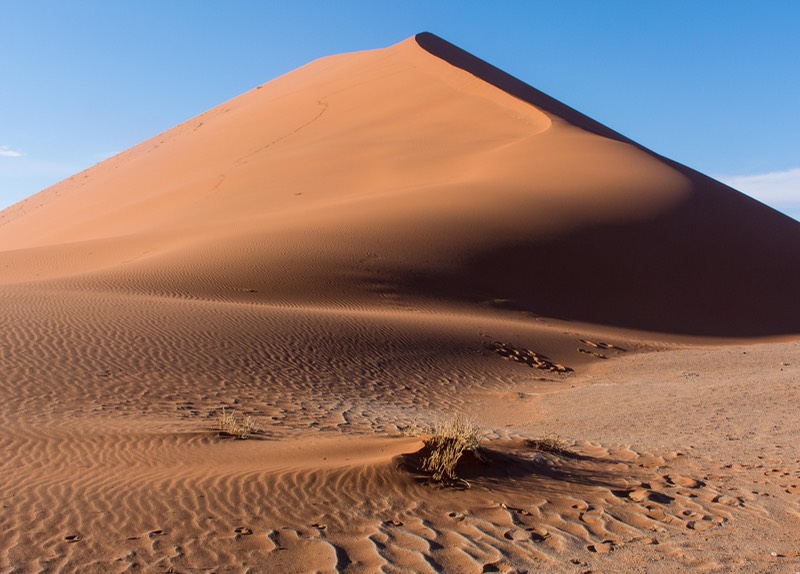
We do have to say there was incredible geography to be enjoyed in Africa as well. One of the most dramatic areas we visited was in the Namib desert in Namibia — Sossusvlei and the spectacular sand dunes of Namib-Naukluft National Park. They were huge and dramatic and beautifully colored, particularly in the early morning. We’d gotten up very early (yes, 5:30!) to get out there to enjoy the changing colors of the dunes at sunrise in the clear desert air — and it was just super, giving us a very special day.
Another really great experience was our trip to the waterfalls of northern Zambia. We were experiencing a great deal of dry, drought-driven lack of water in southern Africa, and had resigned ourselves to mediocre experiences. We saw Victoria Falls, one of the greats, and it was just, well, medium. And several others were about the same. BUT, we’d learned that northern Zambia had escaped the drought, had had a wet winter, and the water was gushing to beat the band in several remote and interesting places. Awesome.
So off we went. Remember we said “remote”? Well, that means really, really lousy roads in all countries, but especially in Zambia. However, having been warned, we carried on. It was 4 hours each way on 100 kms (60 miles) of The Road from Hell, but we were superbly rewarded. We visited Kabweluma and Lumangwa Falls, in Lusenga Plain National Park; if you’re looking at your map, they both flow out of the Kalungwishi River . We spent two nights parked right next to the top of Lumangwa Falls, one night each side. We made camp a few feet from the rushing water and the drop off; it was an exhilarating experience.
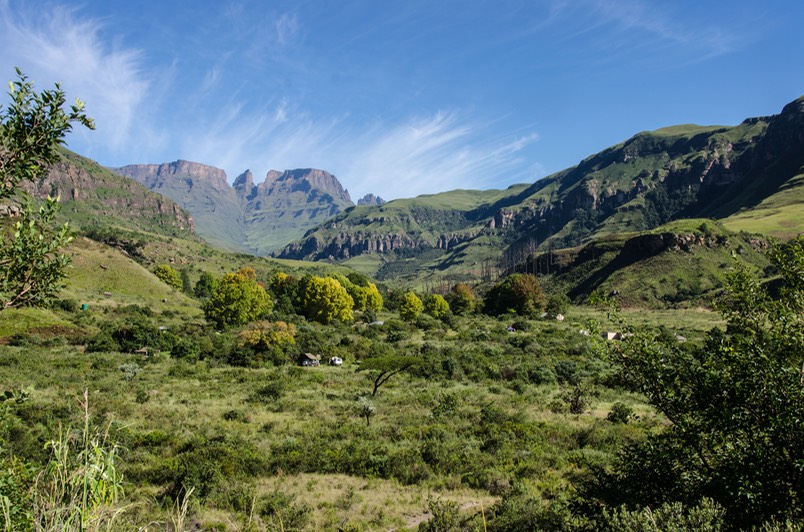
Every traveler who has been in Africa says to be sure to go to the Drakensberg Escarpment in South Africa — and they are right. We spent time in the area on several occasions, enjoying the cliffs of the escarpment, the wonderful views between peaks, the colors of the rocks, etc. We saw this mountain range from several different perspectives, including from within Lesotho, which was rather unique.
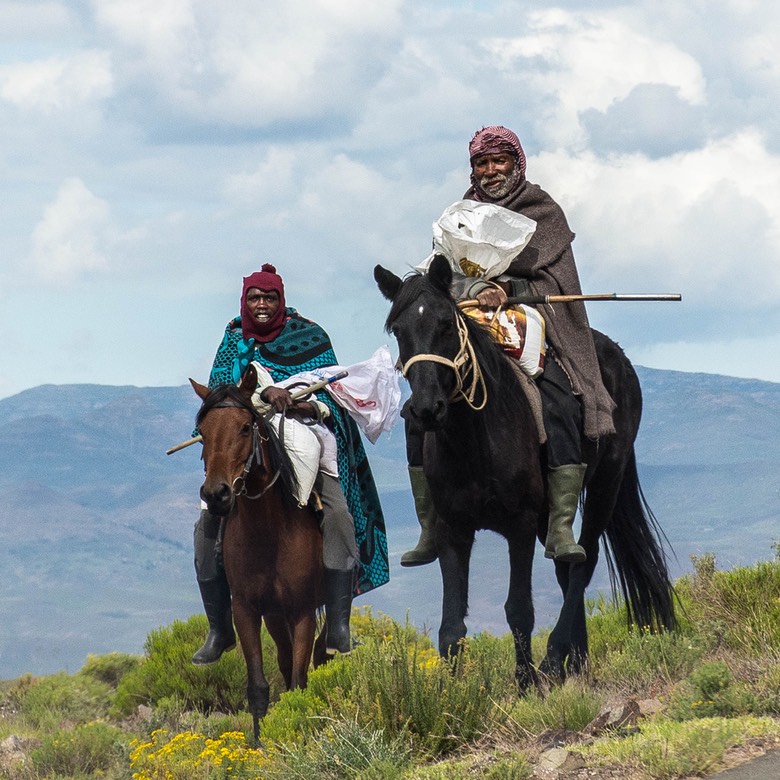
Lesotho was a different experience than we had anticipated, and a great spot. The Kingdom of Lesotho is a separate country within South Africa. Generally speaking, it’s like a crater in the top of a mountain. We entered by driving up the notorious, very rough Sani Pass, in the south eastern part of the country, then spent about 10 days wandering and enjoying the dramatic scenery and unique culture of the country before popping out on the north- western edge, back into South Africa. We were at a high elevation, with cold nights and brisk days and lots of wind and rain. The people were quite distinctly dressed, in heavy blankets and head coverings. We saw mostly men along the road, mounted on horses or donkeys and herding goats or sheep or cattle. The horses we saw were often quite elegant. Lesotho was a special experience, and we liked it a lot.
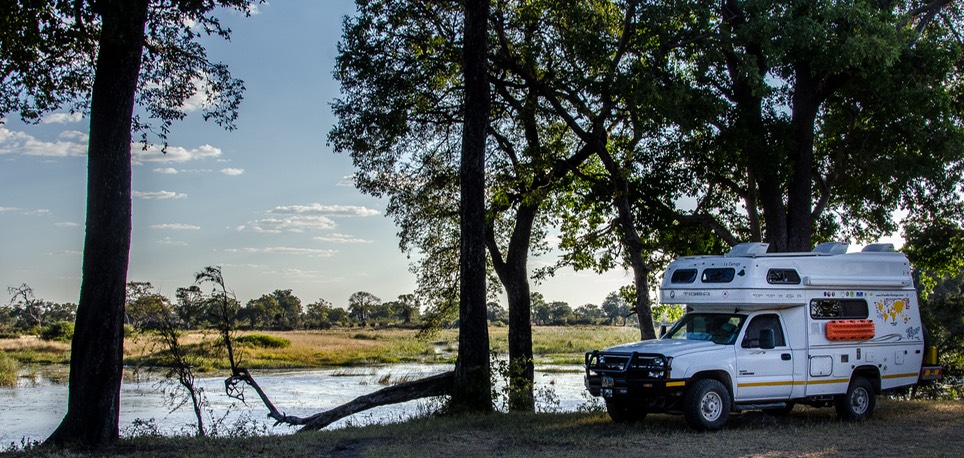
A very special, personal experience we enjoyed, and one of our fondest memories of Namibia, was the time we spent on the Caprivi Strip (aka the Zambezi Region), a skinny panhandle that runs along the top of Botswana, carrying the Zambezi River along on its journey toward Victoria Falls. This is the upper edge of the Okavango Delta (in Botswana), a riverine area with lovely wetlands, lots of wild game, and birds everywhere — and this is what we said about our campsite in the Mudumu NP area:
“From time to time, not as often as we might like, but sometimes, the stars align and we find ourselves settled in a spot that can only be described as perfect.
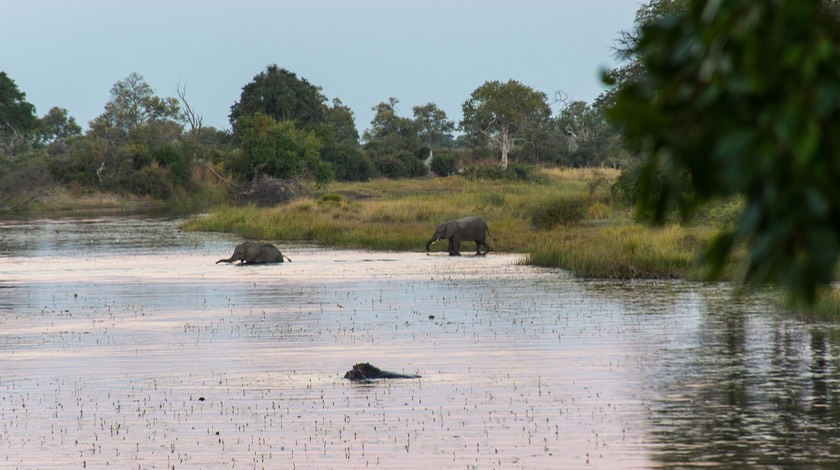
That is where we find ourselves this morning. The sky is clear and blue with a cooling breeze nearly constant. We’re parked in a way that keeps the sun behind us from sunrise to sunset with the soft light bathing the scene outside our door in just the right way. We are alone. No traffic, no other campers, no internet or phone, no lights or sounds but our own, nothing at all but us, the water and the reeds of the riverfront, the shore birds walking on the lily pads, the grazing impala and wildebeest across the way, troops of monkeys and baboons taking turns making their rounds, and a family of hippos in the water beside us; sleeping, feeding and occasionally snorting their distinctive call. One afternoon a small group of elephants crossed the river a short distance away.” Perfection, African style.
In Africa, most of the terrain we saw was dry desert, except along the edges. We stopped at the southernmost point of the continent, the point where two major oceans meet — the Indian and the Atlantic. It was very dramatic, and it seemed to represent the collision between different worlds.
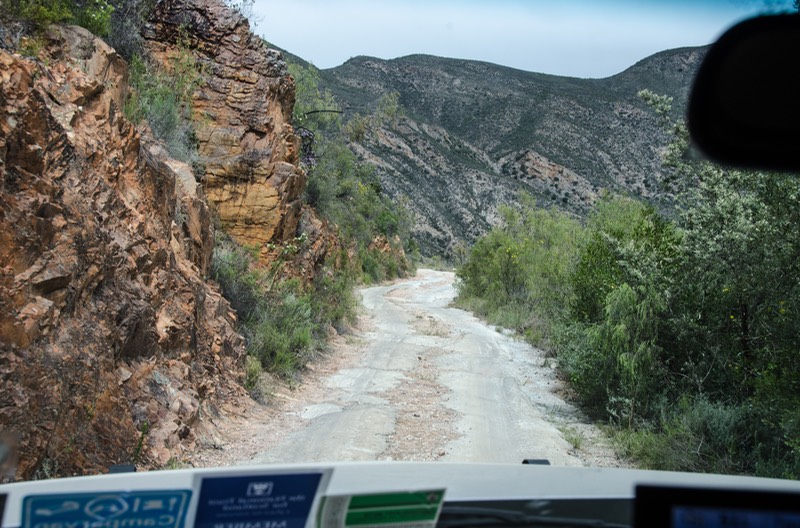
In this same southern area, at the suggestion of some friends, we drove into the coastal mountains to see the Bavianskloof Wilderness Area. This was a really cool, rugged drive up and down through cliffs and valleys and a real treat for our Tiger. We were delighted to do this trip, and particularly enjoyed the rock formations. By the way, Bavianskloof means baboon's gorge.
Namibia has only three major coastal towns, and none is really all that big. But when it got too hot we would flee to the coast for cooler temps and possible fog. We enjoyed Lüderitz and Walvis Bay, but Swakopmund was our favorite, and we stayed there a couple of times between forays inland. The town was big enough to get a little business done, the sunsets were very special, the locals friendly, and the best damn fish & chips we had in Africa could be had at the yellow wagon near the boardwalk, charmingly titled Fork’ n Nice.
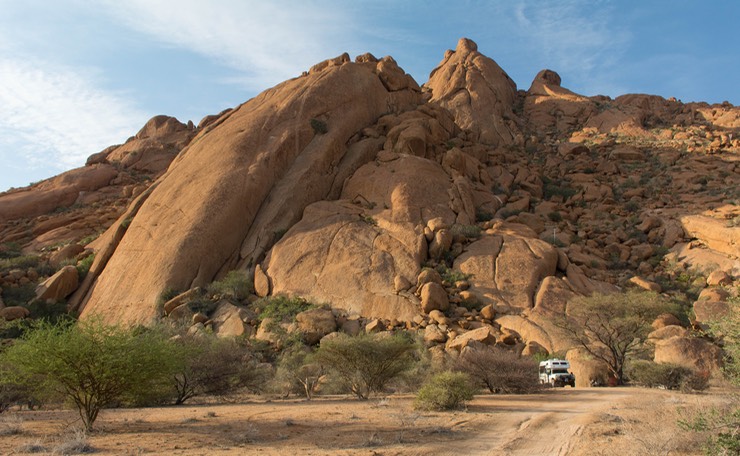
Throughout southern Africa, we were delighted at the vast open spaces we were enjoying. Namibia was full of them. The Skeleton Coast, north of Cape Cross, was beautiful, with patterns in the undulating sand. Another were the iselbergs (large rock outcroppings) of the Spitkoppe area. We camped among these rocks and were able to enjoy the wonderful early morning sun on them. Very dramatic.
Not much jungle in the desert, but we really enjoyed what we did see. The most memorable was when we came north to the border between Angola and Namibia, which is defined by the Kunene River. There, at Epupa Falls we enjoyed a lovely camping area on Christmas Day among tropical palms, fig trees, baobabs — and lots of humidity and insects. True tropics.
Problems?
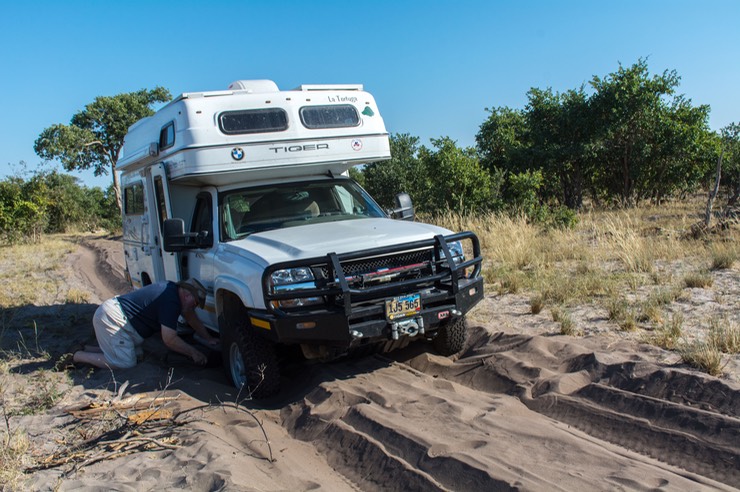
Not everything about being in Africa is hunky-dory. We like to concentrate on the positive, but naturally there were some difficulties. We mutter about the roads regularly; they were quite often hard to travel on, and ultimately we turned south at the top of Zambia because we were faced with roads ahead that were beyond our comfort zone. The Tiger was holding up all right, but we felt we were pushing a few limits and wanted to avoid the possibility of what could become major trouble ahead. We got stuck a few times and we were able to help others who’d gotten in trouble a few times. Overlanding in Africa is not to be undertaken lightly, but we always managed just fine.
We’re frequently asked about whether or not we were afraid. The answer to this is a firm no, particularly in terms of any human threats. Now, sleeping at night and hearing hippos snorting near by or lions roaring in the distance sometimes gave us a bit of a thrill, but hey, that’s all part of why we were here. From time to time we would be cautioned by other travelers that an area might have some issues and we might or might not want to go there. We decided to not go to either Zimbabwe or Mozambique because of the possibility of problems we didn’t want to deal with. This sort of thing was no different than anywhere else we’ve traveled.
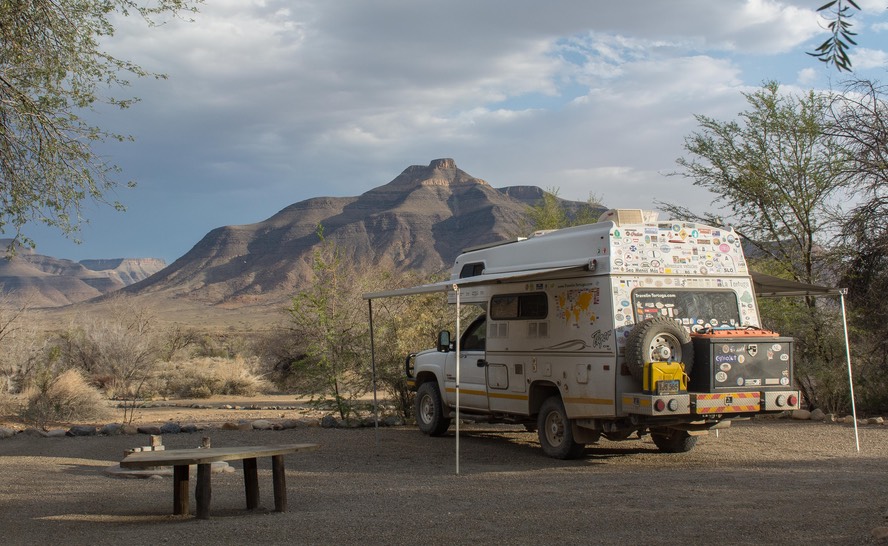
Finding camping sites was usually not difficult. We used the iOverlander app extensively, both for established campgrounds and wild camping spots. We found that in many countries public campgrounds were not available except in Parks, and they could be quite expensive. However, private sites were common. Lodges (the equivalent of rural hotels in the United States) often had a combination of rooms and chalets (cottages) for guests, but also attached would be a camping area available for travelers such as ourselves, often with services attached. We travel on a tight budget, and for most of our wandering years we have been able to camp without cost. This was rarely true in Africa. Either we were being warned about dangers (human or animal — we didn’t press for answers), or there just wasn’t a long list of opportunities. But iOverlander was excellent.
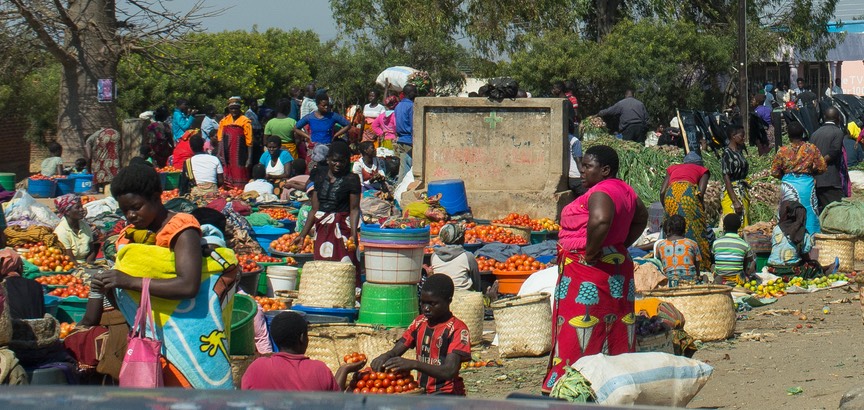
And, incidentally, laundry was pretty easy — the lodges have staff, and they were always eager to earn a bit of extra money.
We really didn’t find that we missed things from home. Fresh produce was a problem in certain areas, but most of the time it was quite available. We found that the best and freshest was right along the roads, or in front of the market. The locals grow for themselves and to sell, and they sell it everywhere. In season, the most beautiful strawberries, tomatoes, greens and onions (just to mention a few) are spread out on a blanket or on a table, ready for you to try and choose. It was just great.
Favorites
So, Kathy and Rick, which were your favorite countries? After long discussion, we have agreed: we have two favorites, Namibia and Malawi.
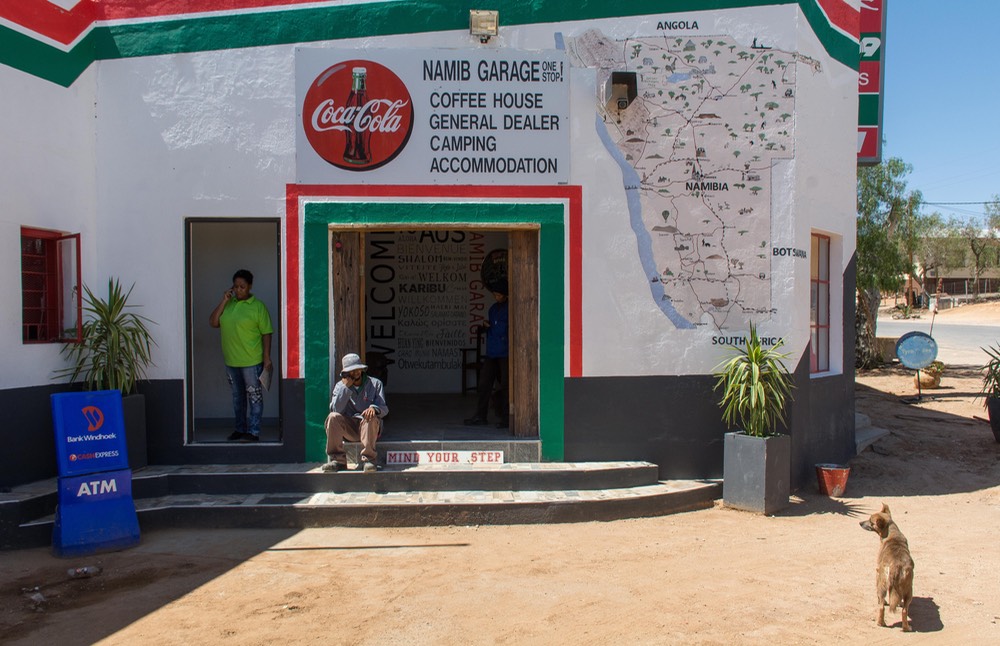
After spending several months in South Africa, Namibia was a huge change, a whole different kind of country. On our first visit it was October, and getting quite hot, and we were largely in the desert. We ended up bouncing back and forth: spending time inland, enjoying the beautiful desert scenery; and then rushing over to the Atlantic Coast where we would camp alongside the water and cool off.
By the way, how do you know you’re wandering in the desert? Your bananas have a shelf-life of 2 days. Your dishes dry themselves in less than 10 minutes. The bread never gets moldy, even if the only thing it’s good for is French toast. And your skin? It is, well, something less than gentile. On the other hand, the deserts of Namibia are lovely. You settle for the night out in the middle of nowhere, feeling a bit lonely. Then, as darkness settles in, that incredible canopy of stars pops out everywhere above your head, reminding you why you love this country. You smile, and settle in for the night.
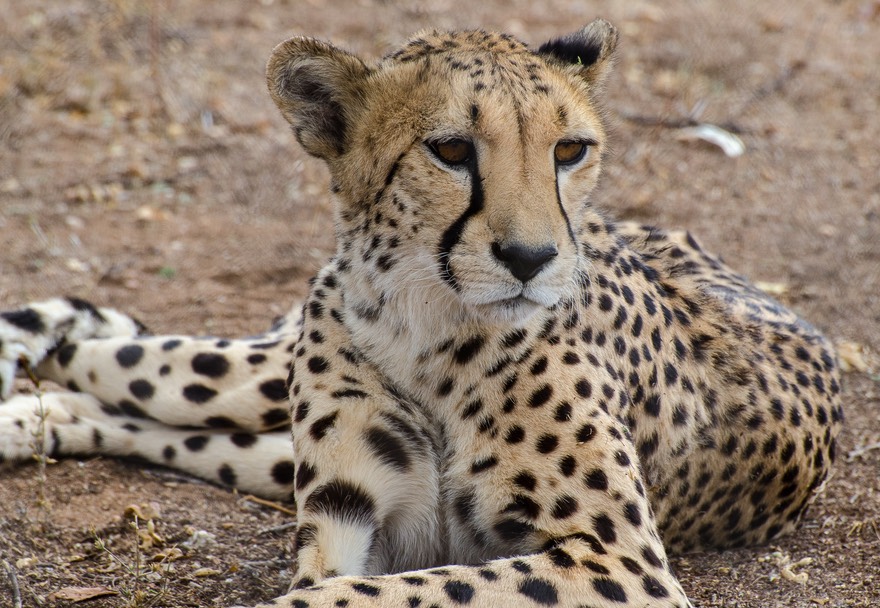
Perhaps the other reason why we love Namibia is its sense of itself, which is quite different from South Africa and many other southern African countries. In many ways this country seems a better version of South Africa. The Namibians stand tall, and based on what we’ve been told, are (after some very rough periods), running their country pretty well; they seem happy and quite pleased with life. They are forthright in conversation; seem well educated and sophisticated, and quite knowledgeable on world affairs. People greet you in passing on the streets. There is a large middle class that is doing well (we were surrounded by it in the capital).
In Namibia, we had the chance to visit a center called the Cheetah Conservation Fund, near Otjiwarongo north of Windhoek, and it was a real highlight of our time there. Cheetahs are very cool, perhaps even cooler than lions. They aren’t the biggest of the cats, and are often mistaken for leopards though they are smaller and much skinnier — the easiest way to tell the difference is that leopards have “design patterns” and cheetahs have individual dots, along with distinctive tears going down their faces from the interior edges of their eyes. Maybe that will help. Cheetahs are also the largest of the cats that purr. No kidding. Listening to one of these beautiful animals wander past with this deep in the chest rumbling sound was quite something. We spent a night at the facility, and had dinner with some of the volunteer staff. They were great to talk to, quite dedicated, and very inspiring.
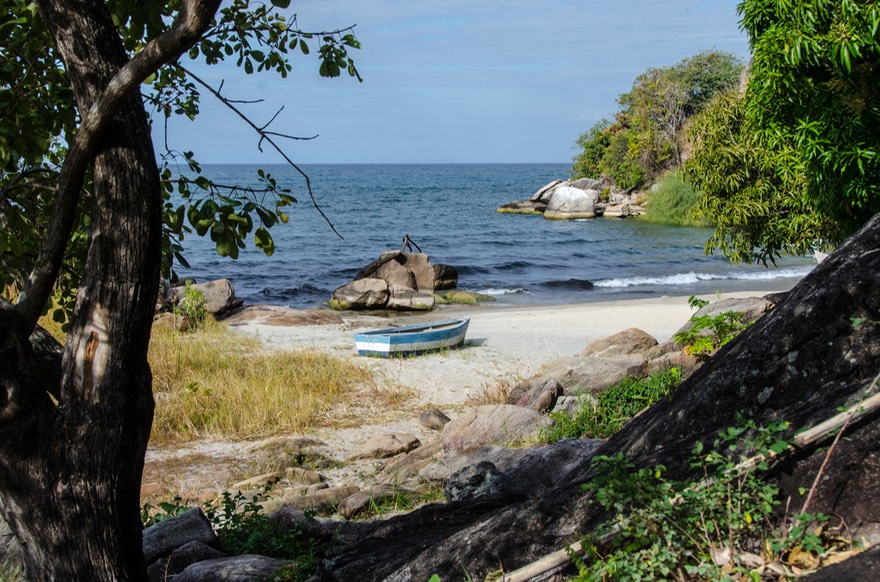
All countries have their difficulties, and Namibia was no exception. We got stuck in the sand from time to time (but also had the fun of helping others get out of that same sand), it was mostly very hot (and it’s difficult to be there when it isn’t), there are far too many very poor people in rural areas (many suffering from diseases), and there isn’t enough water. Much of the country is remote bush. But we were very happy there.
Our other favorite, Malawi, has not been mentioned very often here. Perhaps that is because the country has less spectacular countryside, fewer dramatic attractions, and is generally very low-key — and has fewer tourists as a result. And that is part of why we’ve been so happy there. It is a long, narrow country dominated by large Lake Malawi.
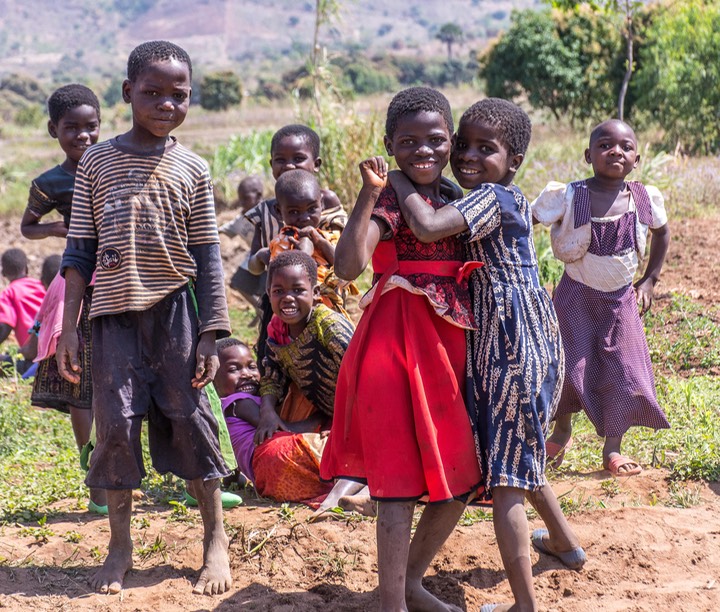
Along the lakeshore are regular small communities that are tied to the water. They fish, they have small coteries of animals that they take to the shoreline morning and night, to water them and even bathe them occasionally. Their clothes and dishes are washed in the lake water, the children play there, and the water for the villages comes from there. It’s a very peaceful existence. And lovely. We spent several weeks traveling the lake from north to south, and loved it.
South of the lake are lovely tea plantations, which we wandered and learned about. And then, of course, we chose to leave the area by a dirt road that became very muddy and sticky and wheel-encompassing. We mentioned earlier the several hours of effort by many villagers to pull us out.
That was a great experience, and only one of several we had in this gentle country. One time we got off on a road with a narrow, old wood bridge we were too heavy to cross, trying to find a nature reserve. We came into a small village, and were greeted by everyone there. They agreed the bridge wouldn’t hold us and offered several alternatives that were discussed and abandoned.
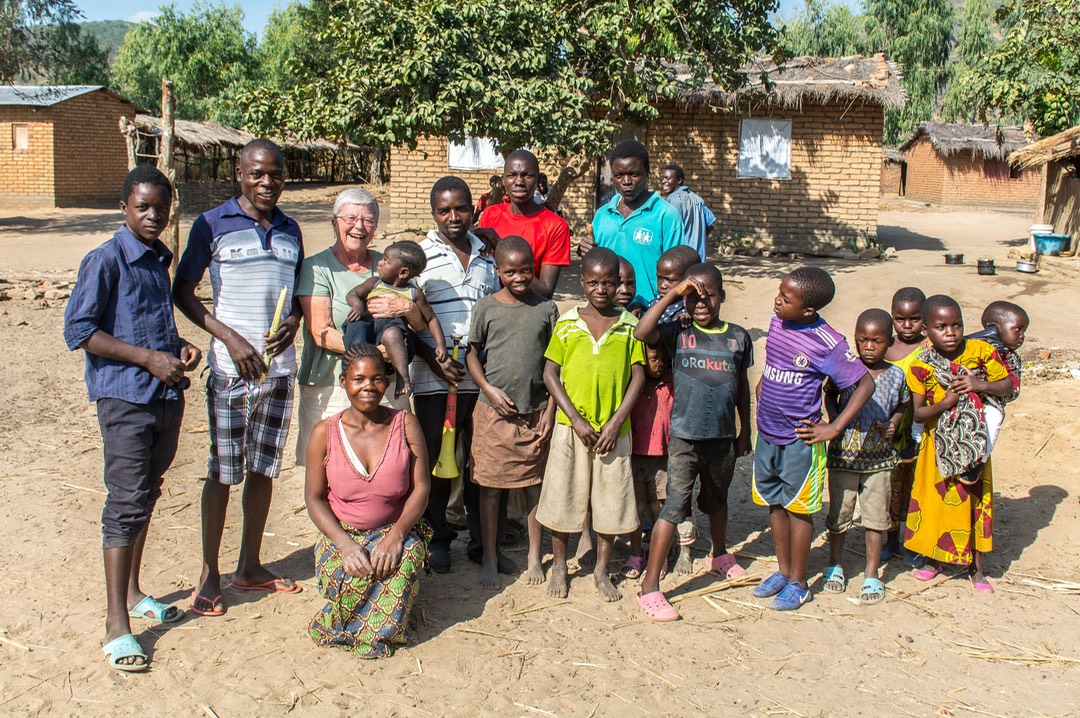
Finally we all agreed we needed to turn around and go back. Rick offered to take a picture of Kathy among the group. Suddenly there were at least a dozen more who came out, including a baby for Kathy to hold; the photos were just great! About 3 dozen new friends. You cannot stage such friendship and desire to help others. Just amazing people. We loved being here.
So there it is. Once again a lifetime of memories crowded into an all too brief visit to different countries, different cultures; different worlds in so many ways. Africa, like so many other places we’ve visited, will live on for us in our minds and on the pages of our web-based journal where we can revisit them to remember, to learn anew or just to reminisce anytime we feel the urge to do so. If you’d like to see more of our pictures from Africa, just mosey on over to our Photo Page. And if you’re ready to start planning your own trip to this magical place, you’ll want to check out the detailed nuts & bolts information about out travels on the companion page to this article, Overland Travel In Africa.
So long for now, from Rick and Kathy and the Well-Traveled Tortuga